|
Is the world run by a clandestine conclave of vainglorious vinophiles? A silly question, perhaps? One almost as foolish as flat earth theory, ancient astronauts, or the belief that college is a worthwhile investment? We may have thought so too until we went on a little post-Christmas trip to France and were confronted by this startling hypothesis. Our tale began innocently enough. Doing our usual pre-trip research for a little holiday in France, we heard tell of a castle originally built in the 12th century called the Château du Clos de Vougeot. Interesting… Apparently, the Cistercian cellars and kitchens in the castle are original, too. Very interesting… We then learned that it was located smack dab in the middle of the Clos-Vougeot vineyard in the heart of Burgundy. Monsieur Château, you now have our attention… After budgeting out half of a day to visit this site, our focus then turned to other travel destinations. Fast forward a few months, and we’re driving up the long cobblestone road to the Château, passing acre upon acre of Burgundy vines silently waiting for the end of their winter slumber and a return to their awesome purpose of making world-class grapes. The area around the Château is very flat valley and affords wide views of the peaceful French countryside. Approaching the designated parking lot, we noticed uneven stone walls. As you know, these are the bane of every tourist with a rental car who didn’t go through the economic charade of purchasing the highest level of rental insurance. In these cases, you take your (economic) life in your hands. Regardless, after bravely parking and hoping for the best, we entered the Château. We then learned some very unusual facts, and not just about wine. The Château is home to The Brotherhood of the Knights of Tastevin. This society, founded in 1934, is – at least on the surface – supposed to be focused on the development and maintenance of Burgundy wine and gastronomy. Strangely, the 12,000 or so members are not all living in the Château, or even in France. The oldest “commandery” of members is actually found in the United States. Odd, no? A wee peek at the member list may raise even more eyebrows. Both Charles de Gaulle (of Paris airport fame) and Emmanuel Macron (current president of France and student of the famous philosopher Paul Ricoeur) were/are both members. You may say, “But they’re French, and you know how those people feel about wine. It’s not strange at all”. Well, what if we told you that Angela Merkel, Willy Brandt, and Helmut Kohl – all former German chancellors – were also members? What does Angela have to do with Burgundian gastronomy? I doubt the woman has even seen a snail in the wild, let alone eaten one stuffed with garlic, butter, and minced parsley. Oh, but it gets more interesting… American director Alfred Hitchcock, Canadian entrepreneur Kevin “Mr. Wonderful” O’Leary, and British politician Andrew Mitchell can be found on the brotherly Knights’ member lists. This seems like quite a strange and diverse cavalcade of characters taken from the world stage. It raises interesting questions. What are they up to at meetings? Of course, they could just be innocently choosing to use time which could be spent making billions of euros and altering current world events to figure out whether Roquefort cheese is better paired with cabernet sauvignon or merlot. As you know, powerful people are well-known for their love of wasting time on frivolities which don’t directly benefit them. Or, is it possible that they’re up to other sorts of shenanigans? Now, we don’t want to recklessly cast conspiratorial aspersions, dear reader, but which option seems more probable to you? Are the “Knights” debating the best ways to prepare coq au vin, or are the futures of every man, woman, and child on this planet being shaped by powerful purple-red stained hands? We can't say for sure, but can only ask the questions. May Bacchus protect us from any listening devices that may have been secretly implanted in the bottle of Beaujolais we stowed in our luggage... Getting there
Château du Clos de Vougeot is a solid three-and-a-half-hour Southeast drive from Charles de Gaulle airport or a mere 21-minute drive from Aéroport de Dijon-Bourgogne. The Château has a very good website with all you need to know about getting there, fees (i.e., 9 euros for entrance), scheduled events etc. The staff at the Château were uniformly helpful and friendly. It was a fun and enjoyable visit even if we didn’t chance upon any evidence of human sacrifice, adrenochrome, reptilian shapeshifters, or other conspiratorial stuff. https://www.closdevougeot.fr/ Tips The Château is a popular place and will get bus tours, so do your best to visit during off-peak hours or during weekdays. Make sure to watch the movie offered at the site, too. Side Trips There is so much good tourism around this site that you would have no problems spending a couple of weeks in the area. Dijon and Dole are within striking distance of the Château and good wineries are dotted along the countryside. If you have a bit more time, we highly recommend you find a place to try a unique local specialty: vin jaune (i.e., yellow wine). The only places legally allowed to make this world-class product are found just an hour and thirty minutes’ drive northwest of the Château. We will cover vin jaune in a future post, so please check back.
0 Comments
Hidden away in plain site near Bulgaria’s southern border with Greece is one of the most amazing ancient stone sites: Perperikon. The complex was carved out of rock of the East Rhodope mountain, making it one of the most monumental megalithic structures in the world. Its mysterious moniker derives from the Greek word hyperakion, or “very large fire”. Regardless of the name, the history associated with the site is incredible. Over millennia it has been used as a temple of worship for several different gods, a city center, an acropolis, a place to consult with oracles, and the site of battles. Inhabited since at least 5000 BC, it has been occupied by the Greeks, the Thracians, the Romans, Christians, the Goths, and even the Ottoman Turks. Just about everyone has passed through this place at one time or other. If you are determined enough to make a visit (see tips below) you can literally walk in the footsteps of giants. You can walk the same paths as those who shook the ancient world to its core. Their names are still recognized today. Whereas most of us have been or will be forgotten – a sad, but all-too-true reality – you have probably heard about Alexander the Great. Yes, that Alexander the Great. In the year 334 BC, this ambitious guy visited Perperikon in order to speak to the oracle of Dionysus. It was here where he learned that he would conquer the world. That's far more impressive than the predictions found in your average fortune cookie... The steps he likely walked up during his visit are still visible today, or at least that’s what the legends say. Regardless, Alexander’s oracular prophecy happened just before his and his ragtag Macedonians’ famous invasion of Persia. You have to admit that that old oracle was pretty spot on. A bit later (i.e., around 59 B.C.E.), Gaius Octavious also sought out the oracle’s wise counsel. He was told that his son would rule the world. Who was his son, you may ask? None other than the man who would later be known as Emperor Augustus. These Dionysian oracles aren’t too shabby. In vino veritas? One of the Proper Degenerate team visited Perperikon in person and, of course, off-season. Who wants to deal with other annoying tourists? It was a crystal clear day with miles of beautiful scenery as well as spy breathtaking views of the temple ruins. There was also an opportunity to make a brief but meaningful connection with a temple puppy who apparently lives near the parking lot, sadly bereft of any consistent human companionship. Perperikon is a legitimately special place. It evokes a strange feeling of peace and solemnity that isn’t found in many other sites, with the possible exception of Delphi and some choice ruined castles. All those worries and distractions that your silly mind tends to fret about seem to melt away in the presences of all this Thracian majesty. The walk up to and from the Temple is quite beautiful too. Tips:
Perperikon is an out-of-the-way destination, but very much worth it. However, you will definitely need a car, as we are not aware of public transport to the site from the major cities of Bulgaria (e.g., Sofia; Plovdiv). This should be part of the fun, though. Add some adventure into your life, for Dionysus’s sake and enjoy the remoteness. Trust us, you don’t want this place to feel like Athens or Rome where ancient sites are mashed together with modern buildings and Pizza Huts. We at the PD team like our ruins ruinous so that we can imagine what it would be like to actually live there in the times before TV, cell phones, and AI-generated images of Taylor Swift and Greta Thunberg in nazi regalia. However, you need some determination to get there. The highways of Bulgaria are perfectly fine, and better than those that surround the US capital, but the roads closer to the site get a bit dodgy. Be careful and also be alert to local customs. On smaller roads, some Bulgarians will drive in the center, veering into their own lane only when they see oncoming traffic. Though they’re used to this approach, it may create a bit of anxiety or heart palpitations in non-Slavic drivers. You should also know that, unlike American tourist sites, there aren't millions of signs on every square foot. We like that, but as a consequence you won't be easily able to get a sense of what is what. You might hire one of the local guides or download maps to get a better sense of the site's history. Also, plan on making a day of it. You don’t want to rush this experience. Pack a lunch and try your best to take in the whole site. Also, if you see a cute stray dog there with mottled black and white fur, you may even choose to share a bit of your meal with the hungry puppy and maybe give him a cup of cold water, too. Tell him that he is missed. Wine-based cocktails seem to be very popular right now. You could throw a rock in any hipster-type bar across the US and hit at least one New York Sour. We thought we’d toss our hat in the ring with our wine-based version of the Vampire’s Kiss. The Vampire’s kiss varies a bit across recipes, but it is a vibrant red cocktail made of cranberry juice, raspberry liqueur, and vodka. We call our version Bathory’s Kiss. So, who is Báthory and what is this drink? Erzsébet (Elizabeth) Báthory(1560 C.E. – 1614 C.E.) was a Hungarian aristocrat and, more importantly, a fascinating person. She is very much a study in contrasts. She was extremely bright and fluent in many languages whilst most of the European world was illiterate. She was also a caring mother and a devout protestant. However, she may also have been the most prolific serial killer of all time with a murder toll somewhere between 50 and 650 young female victims. Erzsébet is probably most well-known for rumors of her supposedly bathing in the blood of her virgin victims to maintain her youth. However, as these reports never came up in trial testimony of the time and only in books from the 1700s, we can safely rule out the veracity of this vampiric tidbit. If the stories are real, she dispatched these young women in gruesome, torturous ways. For example, she was said to have bitten them, drawing blood, and also to have made them strip in the winter while she poured cold water over them, allowing them to slowly succumb to the elements. Some were even more sadistically creative – she was reputed to have lit oil-soaked pieces of paper on fire that were cunningly placed between the poor girls’ toes. However, if the stories are not real, she was the victim of an elaborate witch hunt from up on high (i.e., both the King and Palatine of Hungary were "involved"). In this version, she was arrested because she was extremely wealthy and had many castles and tracts of arable land. The land also had very good vineyards famous in her own time and still active today. Her wines graced the tables of kings. Even worse for Erzsébet, this particular King was in financial debt to her. Thus, getting her out of the way could be a convenient way of, shall we say, raising his Renaissance-era credit score. It wouldn’t hurt to have more good wine to sell, too. So, what is the truth? Did a fantastically rich and famous countess murder and brutalize hundreds of girls OR was fake news alive and well in 1610? If you want to get a modern idea of how famous she was, just imagine a combination of Oprah Winfrey and Kate Middleton. Isn’t it extremely strange that we don’t really know for sure? Shouldn’t the historians of the time have tackled this question and left irrefutable proof of her crimes for posterity, or is this all part of a cover-up? Well, lacking firm answers, we can at least enjoy a nice drink as we ponder this historical mystery. If you can find some wine produced at one of Erzsébet's former properties (e.g., Čachtice castle in modern-day Slovakia), well, then all the better. To make our version of a Vampire’s kiss (two cocktails):
-6 oz of a good red wine. We prefer a bold and fruity one (preferably from Čachtice, Slovakia) -2 oz cherry vodka* -2 oz Grand Marnier or triple sec Put all ingredients in a shaker and stir with a bartender’s spoon for 60 rotations with plenty of ice. Strain into a couple of fancy glasses and garnish with a cherry Flavor Notes: This is a quick and flavorful (relatively) low horsepower cocktail that still manages to feel a bit sexy. Being a minimally observant human comes with some consequences. A number of basic questions come into one’s mind, sometimes unexpectedly. For instance, “What is the meaning of life?” “What, if anything, created our infinite universe?” “Why do Swedes love licorice so much?” We probably need to table answers to the first two questions for other posts, though, as the Swedish licorice one takes obvious priority. Licorice is all over Swedish grocery stores. If you throw a rock in any random one of them, you’ll probably hit something with licorice in it (however, be warned that public rock throwing is generally frowned upon by the Swedes). And, please keep in mind that we’re talking about real licorice here, not the ropey red stuff that tastes of chemical strawberries that is more common in US movie theaters. We’re focusing on the black chewy licorice that tends to polarize Americans: you either love it or hate it. Some have also found it “an acquired taste” like stinky cheese or IPA beer. Even stranger for the American palate, a good bit of Swedish licorice is salty. The salt content can be very mild – essentially a flavor enhancer – but in other candies it can be fairly dominant. There’s one brand, salta häxor (i.e., salty witches), that was probably the most intensely salted licorice ever tasted by man or beast. They look like any other black licorice bits, but the soft purple-black candies were coated in what can only be described as finely powdered salt. When you pop one in your mouth you get a nuclear detonation of salt that is soon followed by the soft sweetness of a very well-executed black licorice. To be honest, at first taste they were a bit off-putting but then became addictive. It was sort of like the experience of tasting a way-too-hot hot sauce and then deciding that you needed to keep putting it on every part of your meal. The description of salta häxor “salt for the wicked” seemed very appropriate… Interestingly, the salt is a bit different from normal table salt. It’s called ammonium chloride and is, in general, more potent. Ammonium chloride was apparently even mixed with licorice root in earlier times as a medicine for coughs. As a warning, though, too much ammonium chloride can be a bad thing. If can cause high blood pressure and may even have a decalcifying effect on bones. But, in small quantities, it is very popular in Scandinavian treats. But licorice isn’t just limited to candies in Sweden. One of the best things we found there were lakrits dates (i.e., licorice dates). These are normal pitted medjool dates coated with a very fine dusting of licorice powder. Yes, we realize this may sound strange, but you should give them a try. They are even more addictive than regular licorice candies, and probably a lot better for you, too. These things are not just found in Sweden, either. You can buy them in Iceland, too. But back to this all-important question… why do the Swedes love licorice so much. In order to get answers, we found an unlikely source: Scandinavian Vogue magazine. According to their interesting article on the topic, the Swedes and other Scandis had a long tradition of salting food in order to preserve it through those long, cold, and dark winter months that happen when you live so far up north. So, in a sense, the ancestors of current Swedes were no stranger to intensely salted food. Further, the Vogue article states that a Scandinavian staple, pickled herring, also has this strange mixture of salty and sweet. One of us has never tasted pickled herring, and the other finds this description of the preserved fish a bit “off”, so we may need some other opinions to properly sus this out. Regardless, if you don’t live in Sweden, you can order some lakrits from a number of online sources. You could even make your own lakrits dates. Just get a bunch of fresh, shiny looking medjools and dust them with lakrits powder which you can buy in little jars online. Be careful adding any ammonium chloride, though.
|
Categories
All
Archives
March 2025
|


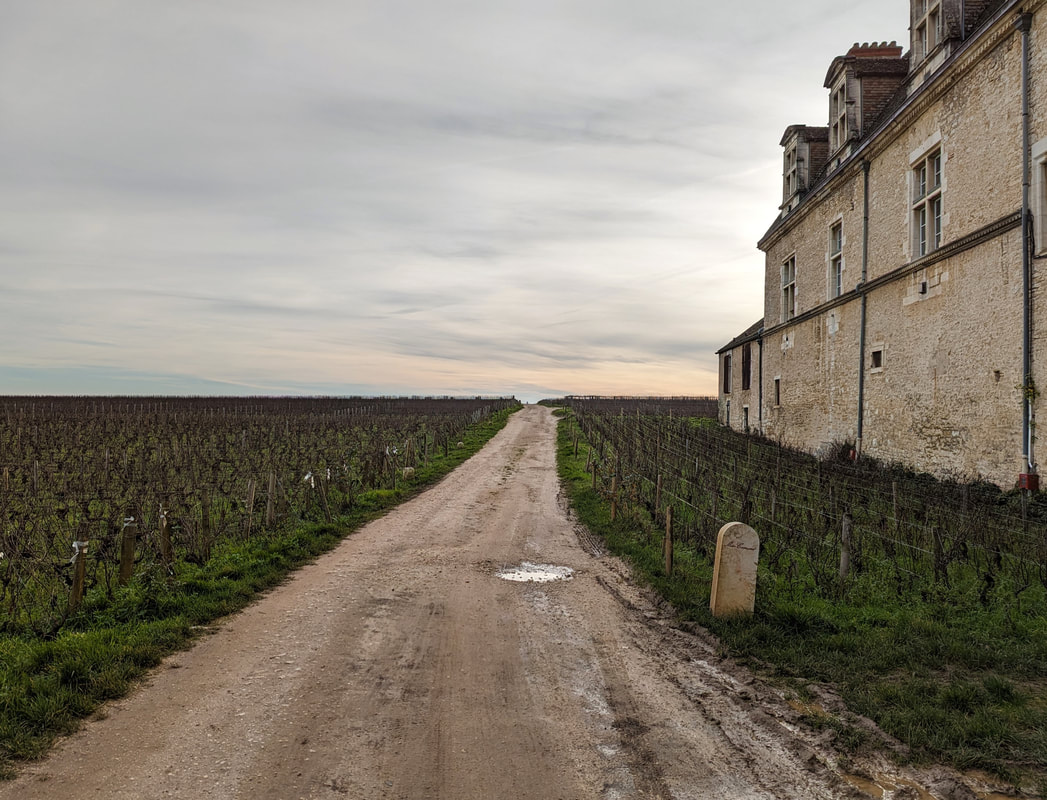
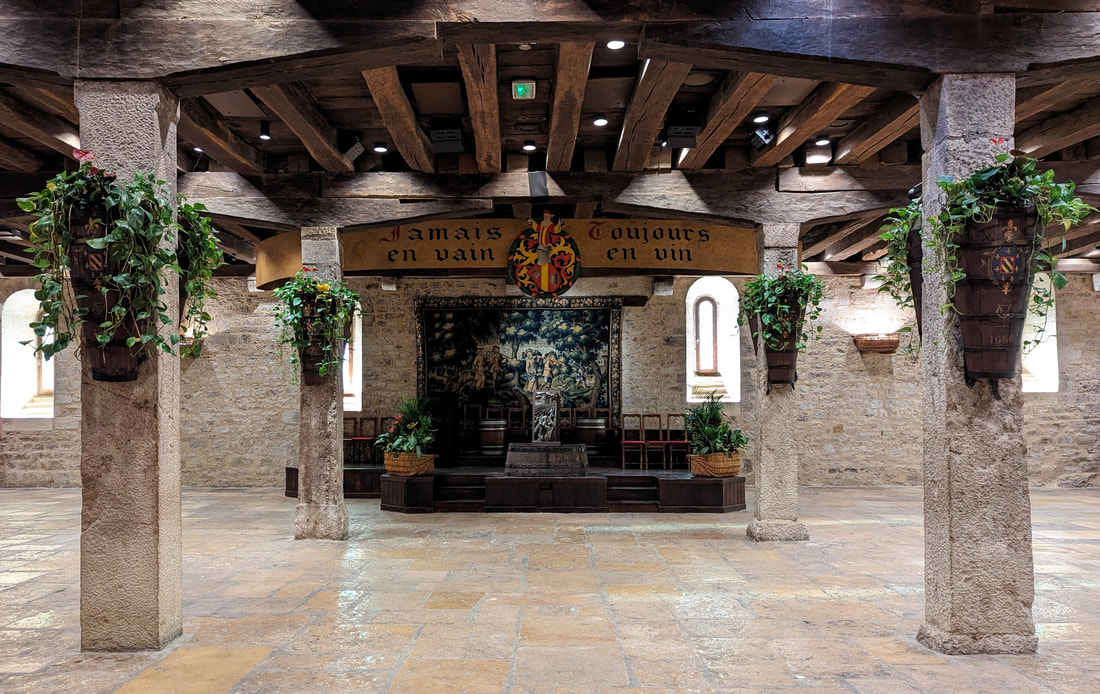
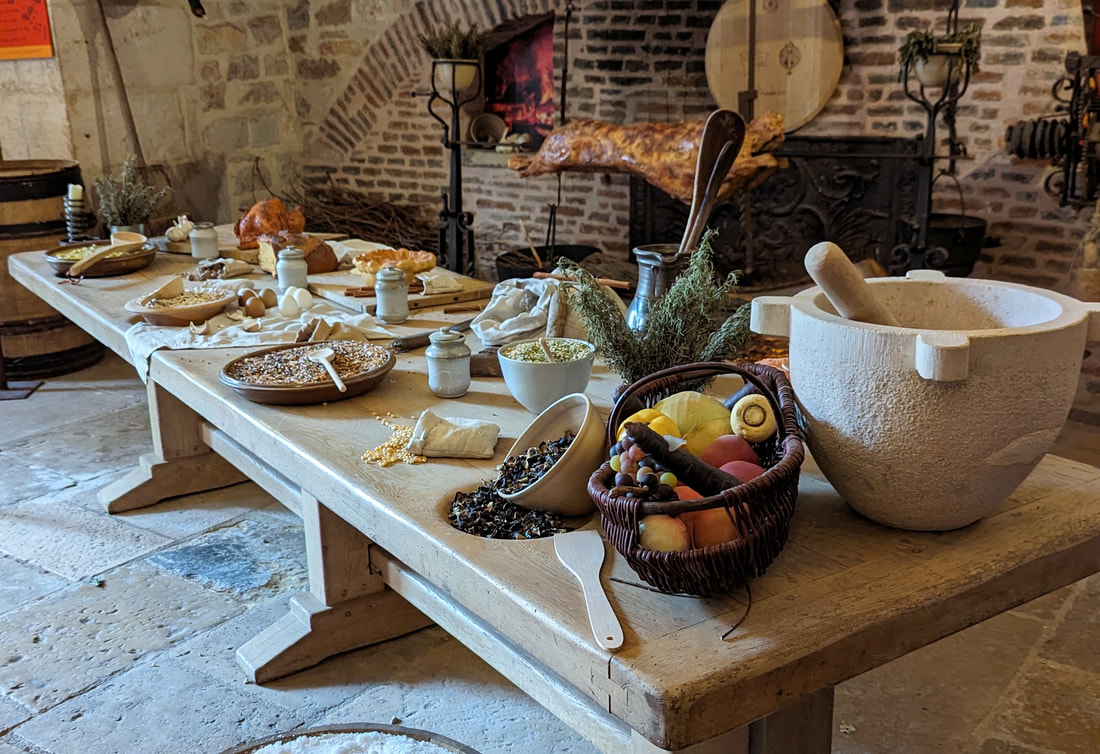
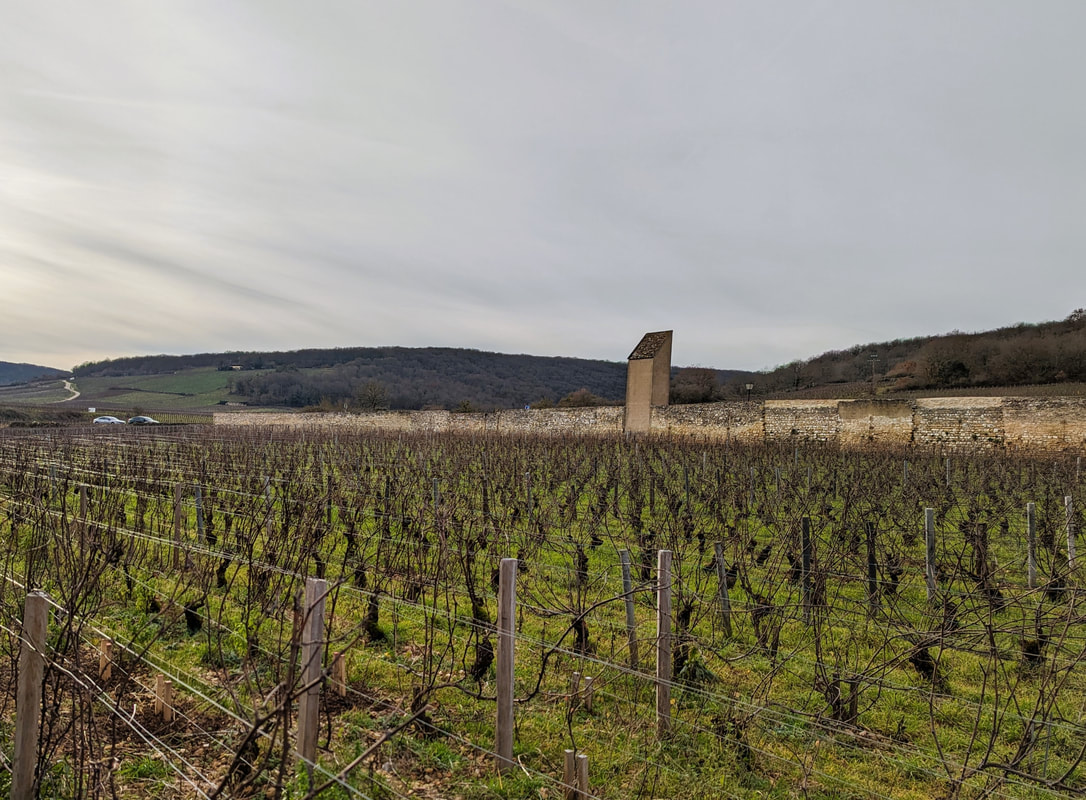
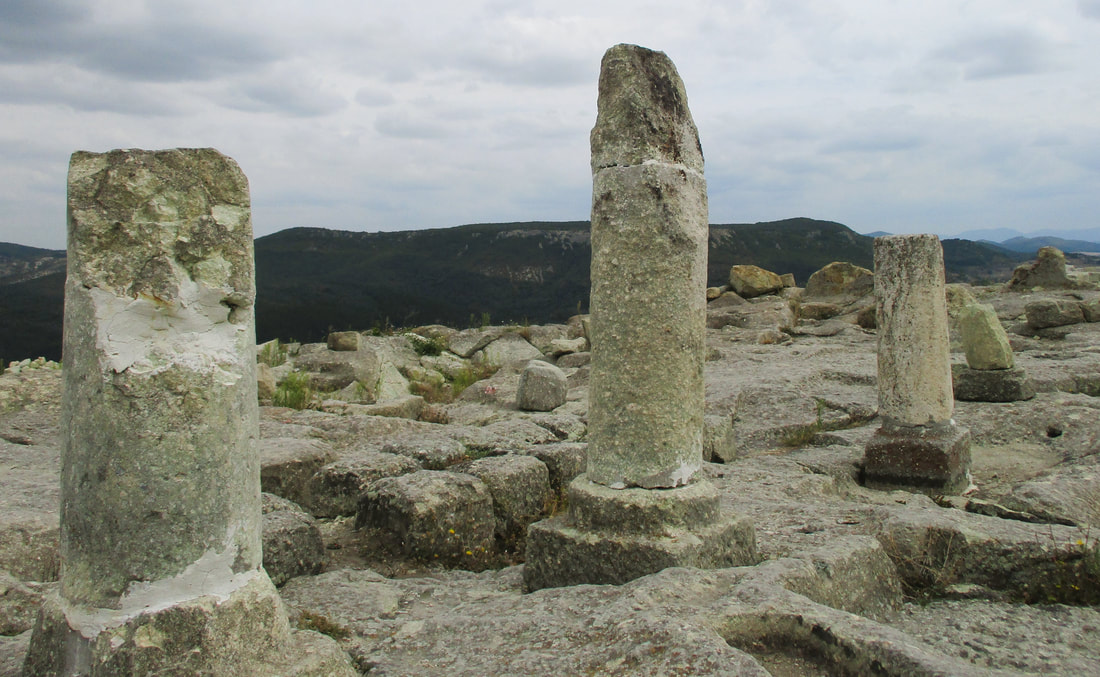
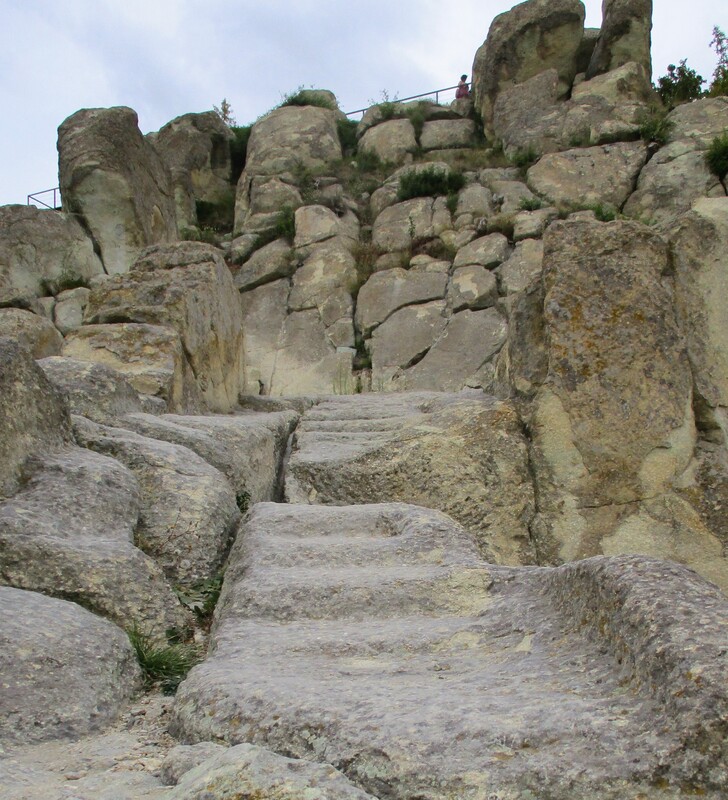


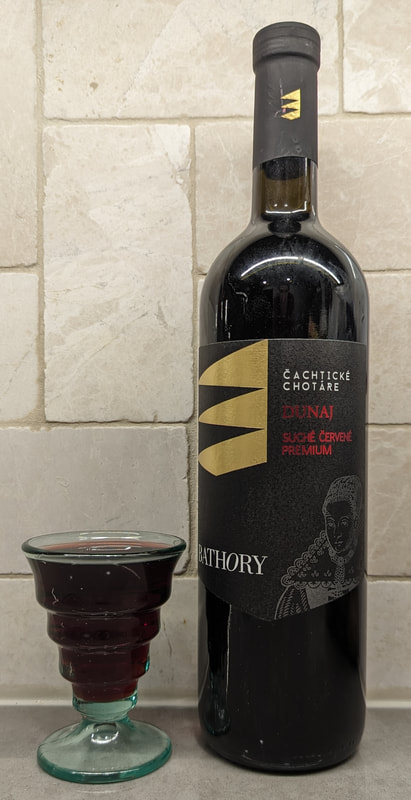
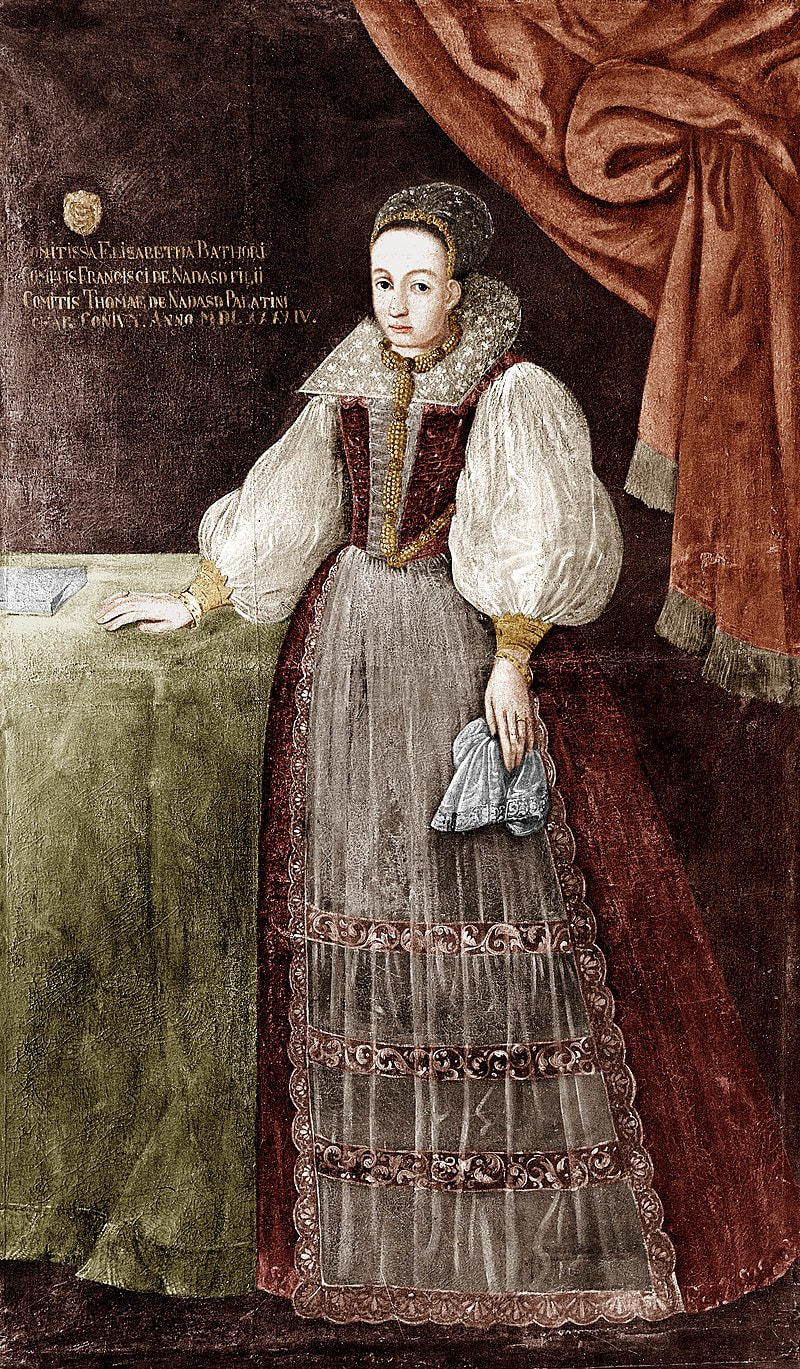





 RSS Feed
RSS Feed